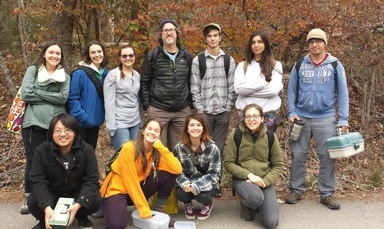Teaching
Undergraduate courses
BIOL 150 - Organismal and ecological diversity
EEB 351 - Field mycology
EEB 420 - Fungal diversity
EEB 400 - Undergraduate research
Graduate courses
EEB 504 - Current topics in phylogenetics
EEB 504 - Current topics in historical biogeography
EEB 511 - Core evolution (systematics and phylogenetics module)
EEB 603 - Advanced topics in evolutionary biology
EEB 607 - Seminar in ecology and evolutionary biology
EEB 611 - Organismal Biology (Fungal fossils and dating phylogenetic trees)
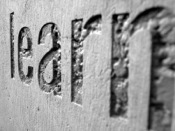
Molecular ecology and evolutionary biology of fungi
EEB 461—Special topics in organismal biology (3 credits)
This seminar will introduce upper-division undergraduate students and beginning graduate students to the ecology and evolutionary biology of fungi as revealed through the use of molecular techniques. Many fungi, and the ecological roles they serve, are often obscured by their ephemeral nature, difficulty of detection, and convergent gross morphological similarities. However, advances in molecular biology have uncovered an unanticipated depth of diversity in fungi and permitted fungal ecologists, systematists, and evolutionists to address research questions not possible until only fairly recently. This seminar will provide an overview of the revolution in fungal evolution and ecology by examining the primary literature mainly over the last decade. After background lectures in fungal biology and diversity and molecular techniques and phylogenetic methods, students will be assigned to facilitate discussion of course readings selected by the instructor. Papers will address fungal diversity in plant roots, the evolution of mycorrhizas, the evolution of symbioses between fungi and ants and fungi and termites, lichen evolution, fungal community analysis by large-scale sequencing of environmental samples, community profiling techniques, co-diversification of agricultural crops and associated fungi such as smuts and wine yeasts, and diversity and evolutionary relationships of genes involved in biodegradation by fungi.
Here are some comments about the class:
“I enjoyed your class a lot. I have never truly been interested in fungi before this class. I mainly took it because of the evolutionary study it focused on. However, I know now I will definitely be trying to examine and identify different fruiting bodies when I am doing my own field work!”
Was this class intellectually stimulating? Did it stretch your thinking?
“Yes because it was Awesome!”
“Definitely - I came into the class knowing very little about fungi and feel like I have learned a ton this semester, not only about fungi but systematics, evolution, etc.”
“I took this class mainly because I am interested in evolution. Though fungi are not necessarily in my field this class has given a lot of respect for the field and made me even think about doing research with fungi.”
“I really liked the format... reading the papers and writing summaries. It was a lot of work, but I learned more than I would have from a textbook.”
Biodiversity of Fungi
EEB 351 (4 credits)
In this course students are trained to collect and identify fungi to the species level using gross morphological and microscopic characters. To supplement and test some of their observations, students analyze DNA sequence data produced from a sample of their collections. We spend a lot of time in the field as a part of this course. In fact, we do seven field trips... all during class. Field locations include diverse forest types in some pretty parts of east Tennessee such as Norris Dam State Park and Big Ridge State Park. Topics introduced during the course include mushrooms used for food, mushroom toxins, how to cultivate fungi, and how to use an herbarium and preserve collections for scientific study.
Biodiversity of fungi (2009) students Chris James and Ben Allen (upper left), Stephanie McKee (right), and an Oyster Mushroom inoculation experiment. The Jack O’ Lantern Mushroom (Omphalotus illudens), specimens held by Chris and Ben, was a class favorite, which we found on House Mountain in abundance around oak trees.

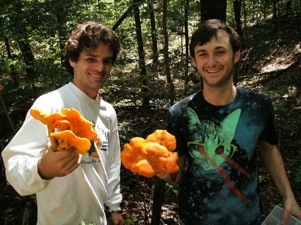
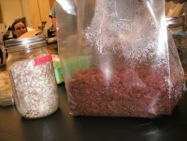
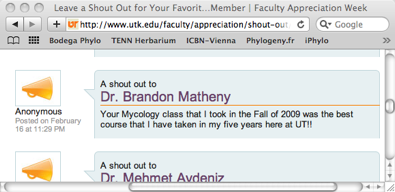
Nice shout out about the fungal biodiversity course, now EEB 351, taught during 2009.
Current topics in phylogenetics
EEB 504— 2 credits
This course combines background in phylogenetic reconstruction methods and practice using a lecture format, discussion, and the EEB mobile computer lab. Course readings include selected classic and recent papers that highlight developments in phylogenetics. Students will learn to create their own datasets of nucleotide or amino acid sequences, align sequences, reconstruct trees using parsimony, likelihood, Bayesian inference, and molecular clocks, and use graphical software to present trees for publication.
This course satisfies a ‘tool kit’ requirement for EEB graduate students.
Current topics in historical biogeography
EEB 504— 1 credit
A graduate level course, here we read and discuss recent papers on methods used to infer patterns of historical biogeography.
Biodiversity
BIO 130— 4 credits
This freshman course covers the history of life on Earth, evolutionary mechanisms, diversification of life, and a survey of major groupings of organisms with a focus on prokayrotes, protists, plants, fungi, and animals.

Perspectives in ecology and evolutionary biology
EEB 409—fungal molecular ecology and evolutionary biology (3 credits)
In this course, a capstone course for EEB seniors, we read and discuss 31 scientific papers on taxonomic diversity, genetic diversity, and functional diversity of fungi. Students write a synthesis paper on each topic that is reviewed for content and style with opportunities for revisions. We have read and discussed genes involved in early land plant symbiosis with arbuscular-mycorrhizal fungi, animal nitrogen swap for plant carbon between a fungus and its ectomycorrhizal host, invasive biology of the deadly mushroom Amanita phalloides, species concepts in fungi, 454 pyrosequencing analysis of forest soils, interkingdom host jumping by Cordyceps, evolutionary ecology of pungency in wild chilies, and the tragedy of no commons with respect to mushrooming in California state parks.
Below are photos from our recent field trip to Norris Dam State Park.
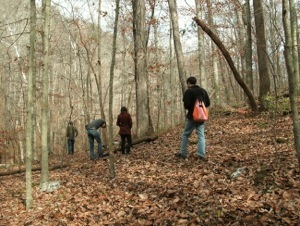
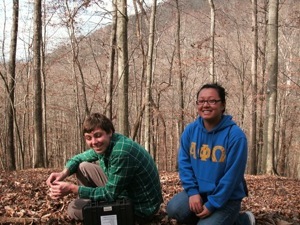

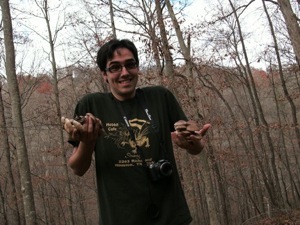
EEB409 in the field in a mixed Oak-Beech forest at Norris Dam State Park.
Undergrads Mark Harris and Christine Tang enjoy a break in the field.
Undergrad Bruce Williams.
Undergrad Brian Looney with wild collections of the Oyster Mushroom (Pleurotus ostreatus group) in hand.
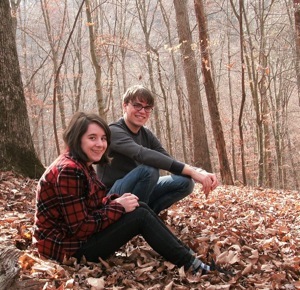
EEB409 in the field in a mixed Oak-Beech forest at Norris Dam State Park.
Undergrads Sarah Sprague and Pawel Kosentka.
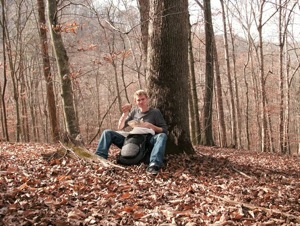
Undergrad Whitaker Hoskins taking a lunch break.
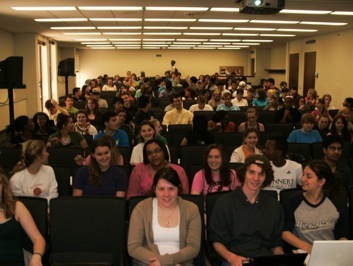
A sample of the courses I teach can be found below:
Biodiversity, BIO 130, Spring 2011.
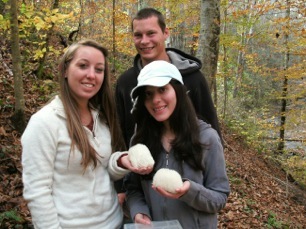
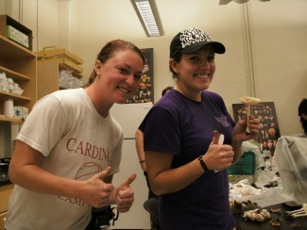
Emily Hubbs (left) and Cynthia Valenzuala (right), both seniors, hold some beautiful clusters of Hericium americanum collected on one of our field trips as part of EEB 351 (2011). Ethan Hagen, a grad student from the Ag campus, is in the background.
Kristen Coulston and Eirianwen Hughes are psyched about coming up with Amanita multisquamosa collected at Big Ridge State Park late September 2011.
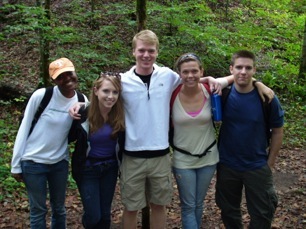
Undergrads in EEB409, fall 2012, field trip.
Undergrads in EEB351, fall 2017, field trip.
